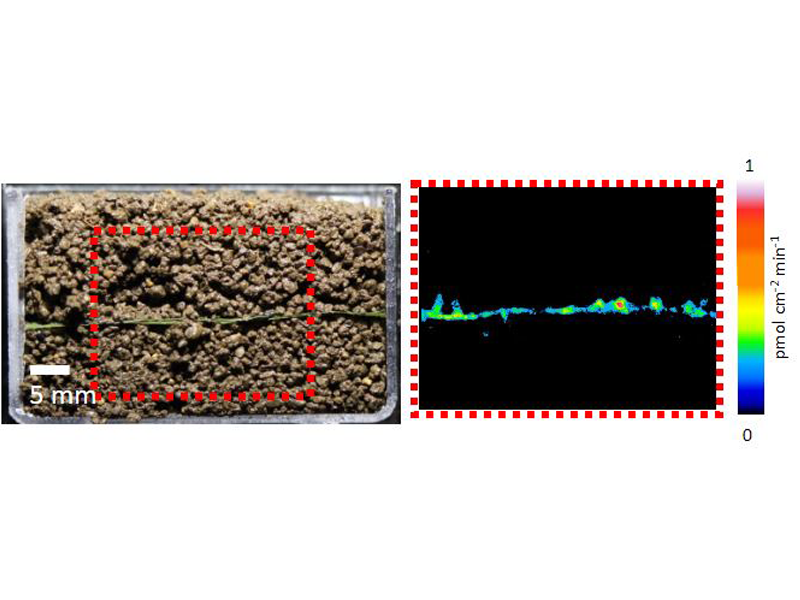Science News

Aging is a part of life, and plants are no exception. The life cycle of a plant is felt in genebanks that store plant materials, such as seeds. Plant materials in genebanks may be accessed by farmers, researchers, conservationists, and others for breeding. But for a genebank to provide useful germplasm to growers, the seeds stored there must be alive when harvested. And as the stored seeds start to age, fewer and fewer of them live long enough to germinate.

For farmers and researchers, a field is often like a giant chemistry set. The timing and amounts of different fertilizers to supply nutrients can interact with each other, the soil, and crops.

Corn is a classic American crop. First cultivated in North America thousands of years ago, it now blankets American farmland from coast to coast. The U.S. grows more corn than any other country. And the grain is used for everything from tortilla chips to cow feed, to biofuel.

To feed the world’s growing population, farmers need to grow a lot of crops. Crops need water to grow and thrive, and the water used to irrigate crops makes up an estimated 70% of global freshwater use. But many areas across the world are plagued by water shortages.

Severe wildfires have become annual events in the United States. The years 2020 and 2021 were the worst in wildfire history in California. Other states – and countries – are at risk as well. Climate change is making wildfires more likely in some places. And with heavy populations residing in areas bordering wildlands and forests, many people are more likely to experience serious wildfires.

For many parts of the United States, winter weather can impact road conditions. To reduce hazardous conditions caused by snow and ice, many counties, municipalities, homeowners, and others use deicers. Salt is the most common option to treat roads.

Earth’s carbon cycle works on a global scale. But it can be affected by the tiniest of organisms: soil microbes. These microbes decompose organic matter like plant litter and dead organisms, and create simple carbon compounds. These simple carbon compounds can then be used by other organisms, or turned into gases (like carbon dioxide) and released into the atmosphere.

Sewage treatment plants provide an important service to communities around the world. Through several processes, these facilities take dirty water and transform it into water that can be reused safely. Treating water that comes from our homes and offices – domestic wastewater - to be reintroduced into the environment protects both human and environmental health.

If you’re a gardener, you know that planting seeds in the ground doesn’t always mean you’ll have a good yield at the end of growing season. On a personal level, this can be disappointing. Farmers are in charge of growing dozens to thousands of acres of food. And, they face the same variability in the planting, growing, and harvesting processes as gardeners do.

